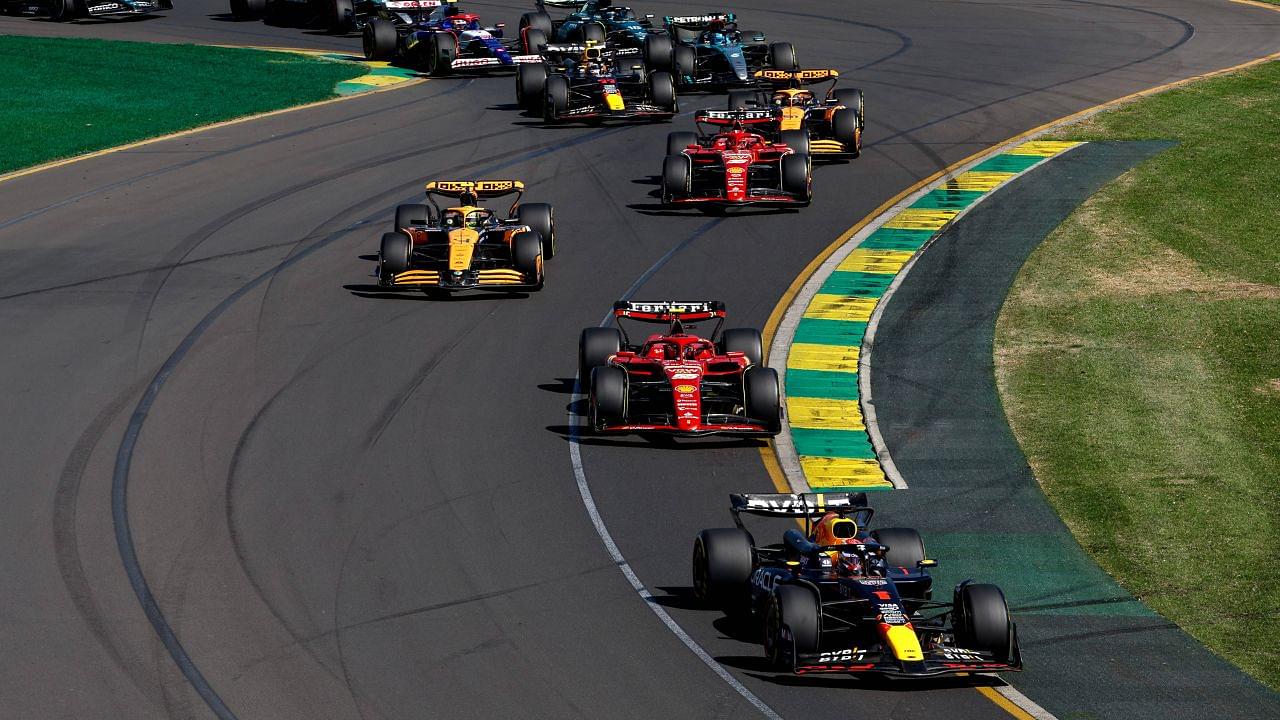We are only 4 races into the 2024 season and the FIA has already released the 2025 season calendar. The special thing about the 2025 season is that it will mark 75 years of Formula 1 racing. Just like 2024, the next season will feature 24 races. However, there are quite a few changes to the scheduling of these races.
The 2025 season will no longer start with the Bahrain GP. Australia returns as the season opener, with Albert Park kickstarting the F1 season for the 24th time on March 16. The Chinese GP will follow the Australian GP, after its return to the calendar in 2024 for the first time since 2019. As the following fixture in Japan concludes the Australasian leg, the Middle-Eastern fixtures will start with Bahrain on April 13.
The European leg starts with Imola on May 18, after the circus makes its first visit to America in Miami. Italy will also mark the end of the long bout of European fixtures with the legendary Monza circuit.
Next year will be @F1‘s 75th birthday and we’re starting the party early by revealing the calendar for the 2025 FIA Formula One World Championship! 24 rounds, 24 incredible locations, starting in Melbourne on March 16. It’s going to be epic pic.twitter.com/WSyJSDiyLC
— FIA (@fia) April 12, 2024
After the conclusion of the Azerbaijan GP and the Singapore GP [a couple of flyaway races after Monza], F1 will move on to the Americas on October 19 with COTA being the first destination. Following the US GP, Mexico, Brazil, and Las Vegas conclude the South and the North American continental Grands Prix. The Las Vegas GP will once again be a Saturday race like its 2023 and 2024 editions.
Post the American leg of races, F1 will return to the Middle East to conclude the season. Qatar will host the first of the doubleheader with the race scheduled on November 30th. Abu Dhabi, as always, will mark the starry goodbye to the 75th year of Formula 1 on December 7.
How the 2025 F1 calendar promotes the sustainability initiative
Formula 1 often invites criticism for its vast racing calendars that feature ill-planned races all around the globe. Earlier, the teams had to travel long distances for races scheduled across continents, that too at a quick turnaround. This reflected how the scheduling of races indirectly influenced the massive carbon footprint such traveling created. Moreover, it took a toll mentally and physically on drivers and the crew owing to severe jet lag.
The modern F1 era is more sensitive to all these issues, though. While the current calendars are not perfect, the effort towards sustainability is clearly visible. While announcing the 2025 calendar, the FIA president reiterated their commitment.
The 2025 schedule seems to have incorporated the regional grouping of races in a much better manner. While there are few exceptions such as Miami and Canada [due to weather-related reasons], the region-based legs of races in Asia, Europe, the Middle East, and the Americas seem much better.
FIA’s official website quoted Mohammed Ben Sulayem as saying, “The 2025 FIA Formula One World Championship calendar, approved by the World Motor Sport Council, is a further illustration of our collective mission of meeting sustainability objectives through the regionalization of events. While our focus is on the overall stability of Formula 1, we also have a shared duty to the environment and to the health and well-being of traveling staff.”
Setting the sustainability standard – all ten @F1 teams, together with Formula 1 and a growing number of promoters, circuits and suppliers have now achieved 3-Star Environmental Accreditation
Read More: https://t.co/gM4zRe8X6P pic.twitter.com/156ydaWXXX
— FIA (@fia) June 20, 2023
The FIA president also lauded the partnership with F1 in framing the calendar. He also appreciated “a good blend” of traditional and modern circuits that both bodies had managed to strike.








